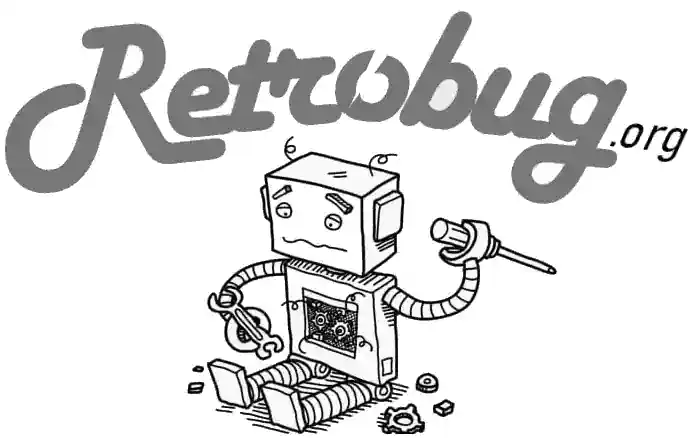
Yikes, Something Broke...
Frustrating, innit? Something went wrong, database error, connection time-out, this or that not found, who knows... Actually we do know, but what good does it do to bore you with those details. We just need to fix it.
So that's what we'll do. A note has been sent to the site admins, we can already hear them complaining about it. No worries though, sooner or later, it will get fixed. And apologies for the inconvenience.
In the mean time, please visit another part of our site, on the house.
App Route: Could not find route /system/view/bbc_master_aiv from /system/view/bbc_master_aiv (0)
This happened while processing /home/u403971797/domains/retrobug.org/public_html/app/AppRoute.php on line 77